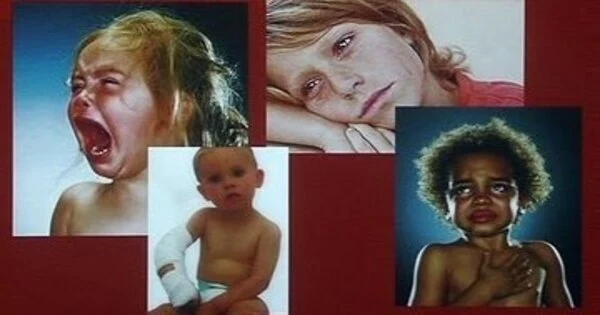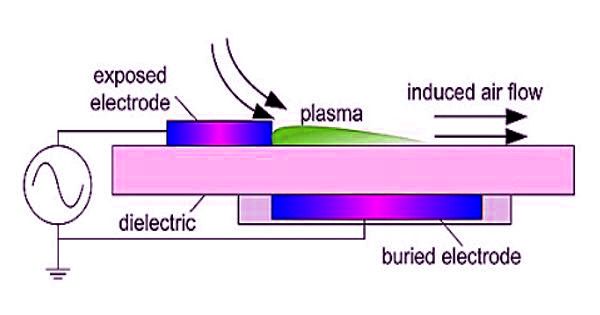Understanding and treating pain in children necessitates a particular approach due to the unique demands and challenges associated with juvenile patients. It is often difficult to understand the source of pain in babies and toddlers, and if they experience it frequently or for an extended period of time, it can cause severe damage.
Go ahead and do it. Asking a sobbing infant or newborn what’s wrong would most likely leave you as perplexed as you were when you first heard the lament. This is especially problematic in hospitals, where accurately diagnosing and treating juvenile pain is crucial. The truth is that suffering may be quite detrimental to children. It can make them more sensitive to pain, affect their brain structure, and create emotional, behavioral, and learning issues if they experience it frequently or for a lengthy period of time. However, there is good news: a nursing researcher from the University of Houston has released a study emphasizing the necessity of following protocols to assess and evaluate pain in children.
“The use of evidence-based protocols for pain and sedation management in pediatric intensive care patients can provide adequate pain relief while decreasing the risk of adverse effects such as respiratory depression, withdrawal, and delirium,” writes Alicia Kleinhans, clinical assistant professor at the University of Houston Andy & Barbara Gessner College of Nursing, in the journal Pediatric Intensive Care Nursing.
“Knowledge of pediatric pain management protocols may assist health care providers because these evidence-based pain management protocols have been shown to decrease adverse effects, morbidity, mortality, ventilator days, and overall length of stay.”
The use of evidence-based protocols for pain and sedation management in pediatric intensive care patients can provide adequate pain relief while decreasing the risk of adverse effects such as respiratory depression, withdrawal, and delirium.
Alicia Kleinhans
Plus, adds Kleinhans, that understanding how to properly assess pain and apply current research findings in pediatric pain management can help decrease opioid usage. Opioids bring not only a myriad of adverse effects, but prescribing opioids contributes to the opioid epidemic.
“The combination of poor recognition of pediatric pain and the highly variable nature of patients within a pediatric ICU complicates the adequate management of pain,” said Kathryn Tart, founding dean, Professor and Humana Endowed Dean’s Chair in Nursing at the Gessner College of Nursing. “Improvements in assessing pediatric pain and a greater understanding of the adverse effects of opioids and opioid dosing using additional medications have laid the groundwork for the recent development of protocols for pain management in the pediatric ICU.”

The Protocols
There are various types of assessment tools available such as the self-reporting Wong-Baker FACES scale for children older than 4 years; behavioral scales for nonverbal patients including the Face, Legs, Activity, Cry, and Consolability scale; the COMFORT scale specifically developed for nonverbal patients in a pediatric ICU; and scales for neonatal patients including CRIES neonatal pain assessment scale and the premature infant pain profile.
The protocol for pain and anxiety in pediatric patients having procedures in the pediatric emergency department is separated into groups based on the patient’s pain score. Interventions include nonpharmacologic measures for pain scores of 1 to 2, pharmacologic measures such as acetaminophen and NSAIDs for pain scores of 3, and pharmacologic measures with a prescriber consult for pain scores of 4 to 7, as well as additional measures for pain scores of 8 or higher.
“Pain management protocols for pediatric patients should include and discuss all validated tools. They are critical to proper pain control in pediatric patients,” Kleinhans said.
















